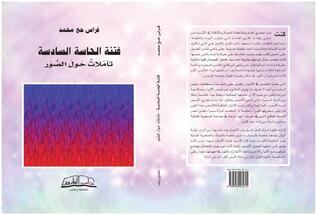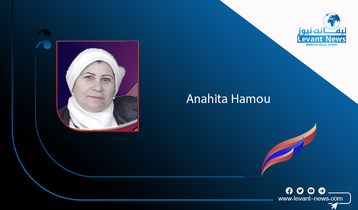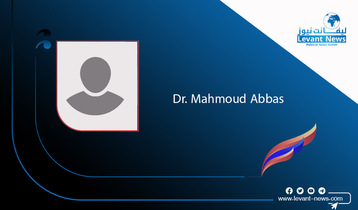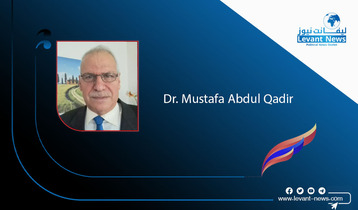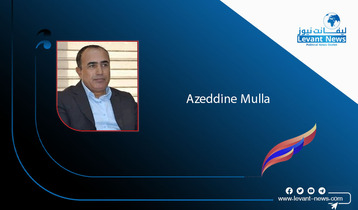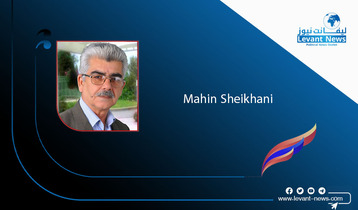-
The Daraa Harbinger
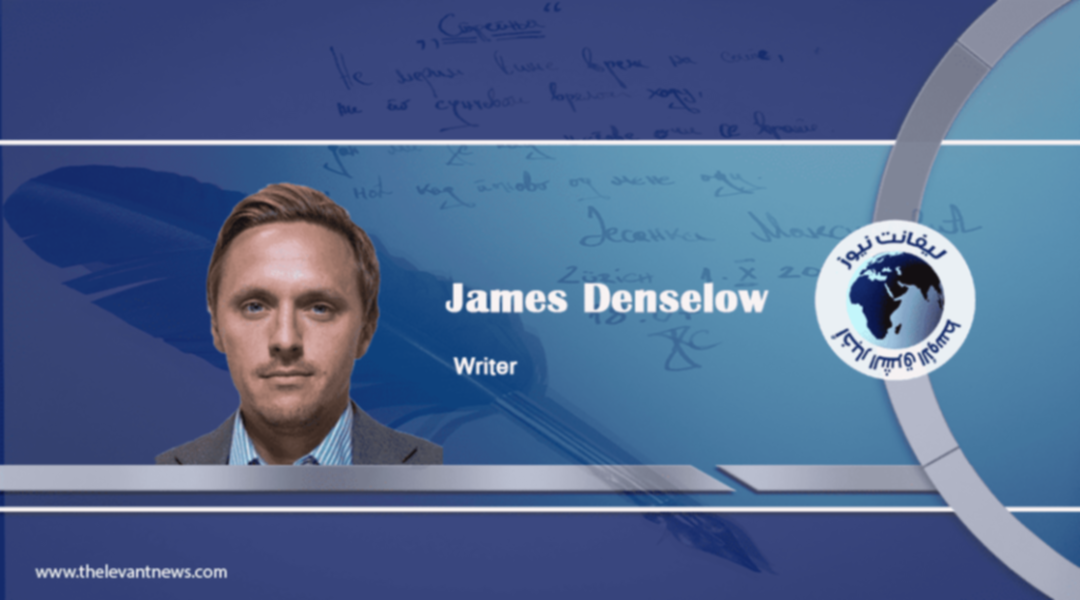
Nowhere is this more evident at present than in the province of Daraa. This is the part of the country that claims credit for the original uprisings against the Regime a long and bloody decade ago. The return of Damascus to the area was symbolic of the entrenchment of Assad in power, but it wasn’t a clear cut victory in any conventional understanding of the term.
Back in 2018 Russian military police entered rebel-held areas in Daraa and began negotiations for the handover to regime rule. The equation of Russian AirPower and indiscriminate Regime attacks was combined with the promise of some degree of autonomy and recognition if the rebels bended the knee to Damascus. Heavy weapons were handed over but so were amnesties, the license to leave to other parts of the country or become a part of new security forces responsible for the province.
The Russians clearly believed that rather than grinding down the opposition, diplomacy backed by violence was a far better options. ‘Deescalation Zones’ allowed the Regime and its allies to back to narrative of an inevitable return of their control across the country.
Yet fast forward three years and Daraa is again engulfed in artillery fire and the screeches of military jets as the uneasy balance of the 2018 ‘deal’ got out of control. Some 50,000 people are on the move forced from their homes, according to a ‘Reconciliation Committee’ that is some 80% of the population. The return of heavy fighting has also been accompanied by the ubiquitous use of siege tactics.
Humanitarian agencies warn that some 10,000 families are under siege with little to no access to food, medical care, medicine, or basic human needs. The city of Daraa has been under siege since June 24, 2021. They say the humanitarian situation is “deteriorating rapidly”. U.N. High Commissioner for Human Rights Michelle Bachelet said the fighting is in and around Daraa, with the only route out strictly controlled by the Syrian regime; "The stark picture emerging from Daraa al-Balad and other neighborhoods underscores how much at-risk civilians there are, repeatedly exposed to fighting and violence, and in effect under siege," said Bachelet.
The current violence in Daraa is linked to protests that emerged in the shadow of the most recent theatre around ‘elections’ for the Syrian Presidency. What happened next is an important harbinger of Syria’s future ahead. Of countries that go through a civil war, some 50% will relapse into conflict in future. In Daraa protests against elections led to the ubiquitous violent clampdown that in turn fuelled an increasing cycle of violence.
Just as the symbolism of the 2018 restoration of nominal Regime control over Daraa spoke to a narrative of Assad entrenchment, the events of today remind everyone how shallow that control really is. Some articles have speculated ‘is this the beginning of the end for Assad?’, but whilst such thinking is somewhat premature, the significance of a sustained unwinding of Assad’s ‘reconciliation’ strategy has serious portents for the future of the country.
The presence of strategic Iranian and Russian forces in the Daraa arena further complicates the dynamics of control. Disconnects between Iranian attempts to strengthen local allies versus Russian attempts to deescalate events may force tensions upstream to Tehran and Moscow, highlighting in the process the impotence of Damascus in events in their own backyard. This may in turn trigger the Regime to overextend its own hand to reassert power and attempt to fully control the area, destroying the foundations of the 2018 settlement and potentially opening up events to an extended period of fighting.
What is more the last three years in Daraa have highlighted the illusions of any talk of reconstruction and what buildings may have been repaired are now at threat of the latest bout of high explosives being liberally distributed in the province. In the long story of the Syrian conflict Daraa has long proven a central chapter and the descent back into violence is a harbinger of the country’s near future to come.
by: James Denselow
 James Denselow
James DenselowYou May Also Like
Popular Posts
Caricature
BENEFIT Sponsors BuildHer...
- April 23, 2025
BENEFIT, the Kingdom’s innovator and leading company in Fintech and electronic financial transactions service, has sponsored the BuildHer CityHack 2025 Hackathon, a two-day event spearheaded by the College of Engineering and Technology at the Royal University for Women (RUW).
Aimed at secondary school students, the event brought together a distinguished group of academic professionals and technology experts to mentor and inspire young participants.
More than 100 high school students from across the Kingdom of Bahrain took part in the hackathon, which featured an intensive programme of training workshops and hands-on sessions. These activities were tailored to enhance participants’ critical thinking, collaborative problem-solving, and team-building capabilities, while also encouraging the development of practical and sustainable solutions to contemporary challenges using modern technological tools.
BENEFIT’s Chief Executive Mr. Abdulwahed AlJanahi, commented: “Our support for this educational hackathon reflects our long-term strategic vision to nurture the talents of emerging national youth and empower the next generation of accomplished female leaders in technology. By fostering creativity and innovation, we aim to contribute meaningfully to Bahrain’s comprehensive development goals and align with the aspirations outlined in the Kingdom’s Vision 2030—an ambition in which BENEFIT plays a central role.”
Professor Riyadh Yousif Hamzah, President of the Royal University for Women, commented: “This initiative reflects our commitment to advancing women in STEM fields. We're cultivating a generation of creative, solution-driven female leaders who will drive national development. Our partnership with BENEFIT exemplifies the powerful synergy between academia and private sector in supporting educational innovation.”
Hanan Abdulla Hasan, Senior Manager, PR & Communication at BENEFIT, said: “We are honoured to collaborate with RUW in supporting this remarkable technology-focused event. It highlights our commitment to social responsibility, and our ongoing efforts to enhance the digital and innovation capabilities of young Bahraini women and foster their ability to harness technological tools in the service of a smarter, more sustainable future.”
For his part, Dr. Humam ElAgha, Acting Dean of the College of Engineering and Technology at the University, said: “BuildHer CityHack 2025 embodies our hands-on approach to education. By tackling real-world problems through creative thinking and sustainable solutions, we're preparing women to thrive in the knowledge economy – a cornerstone of the University's vision.”
opinion
Report
ads
Newsletter
Subscribe to our mailing list to get the new updates!

